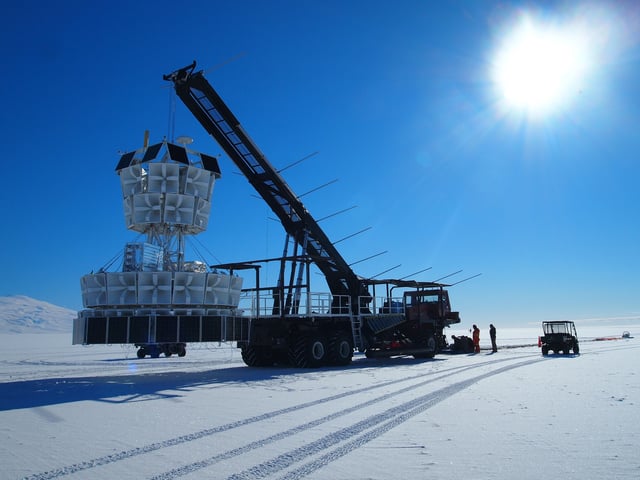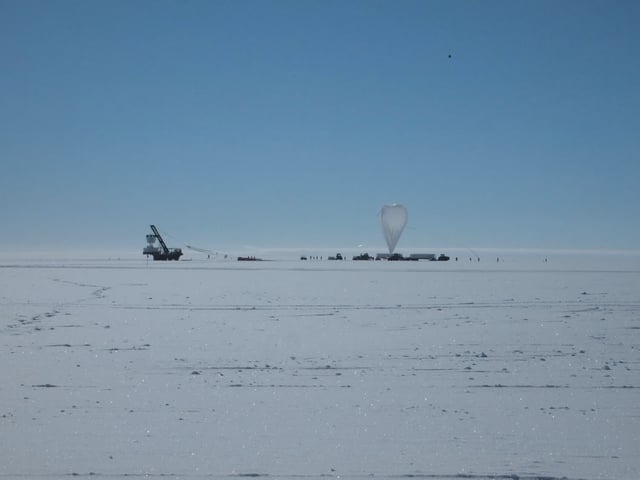Overview
- The ANITA experiment detected radio pulses at angles up to 30° below the horizon, implying an origin beneath the Antarctic ice sheet
- Analysis published in Physical Review Letters confirms the signals do not match known particle interactions and are unlikely to be neutrinos
- Independent checks with IceCube and the Pierre Auger Observatory found no comparable events, eliminating conventional explanations
- The anomalous pulses contradict standard models predicting that rock and ice would absorb signals after thousands of kilometers of travel
- The successor mission, PUEO, is in development with enhanced sensitivity to probe and potentially identify the source of the unexplained signals



